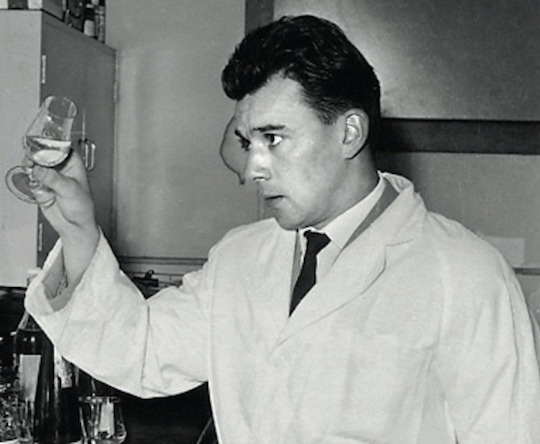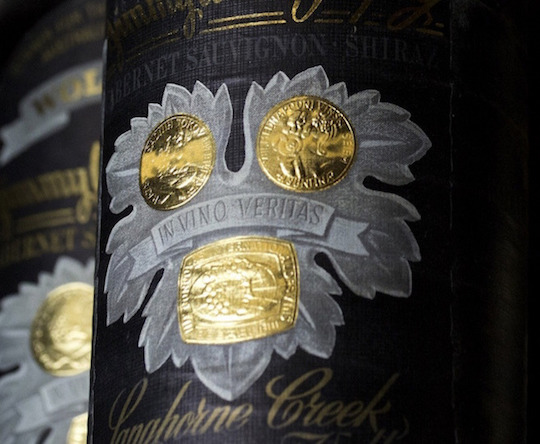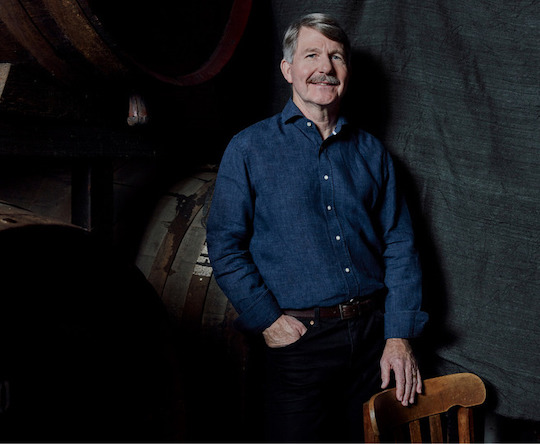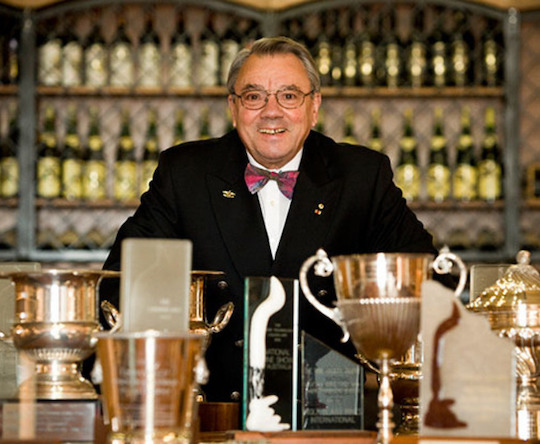It’s not every day you see someone scaling a snow-covered mountain in British Columbia. Then again, adventurer Will Gadd isn’t your everyday sort of guy. The Alberta local is best known for being the first person to ice climb Niagara Falls. We chatted to Will about the – often literal – highs and lows of his profession and the chase for a life well-lived.
SO WILL, ARE YOU A WINE LOVER YOURSELF?
I don’t pretend to be an expert on wine. I’m a complete novice, but I enjoy it a lot. The first time I learned anything about wine I was living in the south of France, climbing. The place we rented came with a vineyard. Every day we got two bottles of this wine as part of the rent. There were a few of us and we would sit there in the evening, watch the light and have a glass of wine. It’s a celebration of the day, a way to go “We got through this day and had some beautiful moments.” That’s how I drink wine.
AND HOW LONG HAVE YOU BEEN ICE CLIMBING FOR?
I’ve been ice climbing since I was a kid. I started with my father in the Canadian Rockies. It’s a cold, violent sport. It’s very primal. You’re doing something that’s difficult and dangerous and real. And as a high school kid, that’s what I needed. It’s not really about beating the other team. It’s about what can you do in the mountains that’s new or different. It just lit me up – like when you’re a little kid on Saturday morning and you’ve got the feeling that it’s going to be the best day ever. And that’s what these sports feel like to me, whether it’s ice climbing or paragliding or any of the other things that I do.
WHAT OTHER SPORTS DO YOU DO?
It’s seasonal. I get fired up on mountaineering in the mid-summer. Fall is usually more rock climbing, sport climbing, technical climbing. And then winter is definitely ice and mixed climbing. And then spring and most of the summer is paragliding and kayaking. And I’ve been doing this kind of schedule now for more than 30 years. I’m always looking forward to the change in seasons.
YOU’VE WON MANY NATIONAL AND INTERNATIONAL TITLES IN A WIDE RANGE OF SPORTS – ARE THERE ANY TRIUMPHS YOU’RE PARTICULARLY PROUD OF?
The rear-view mirror isn’t all that interesting. You savour the moment. You win or you lose. The next thing is always what fires me up.
WHAT ABOUT CLIMBING NIAGARA FALLS IN 2015? WHAT WAS IT LIKE CLIMBING A FROZEN WATERFALL?
Well, there’s climbing a frozen waterfall and then there’s climbing Niagara Falls. That’s the largest, by volume, waterfall in the world. The sheer force of it shakes the ground when you’re anywhere near it. It’s just overwhelming to even stand there. It’s stunning. And to climb that, it’s just overwhelming.
Ice climbing’s a very auditory sport. Your picks go in and they crack and splinter the ice and the ice reacts just like when you drop ice cubes into a drink on a hot day. And at Niagara Falls that soundtrack is dominated by the low frequency roar of the Falls and it’s pretty amazing.
That was a long-term goal and idea. When I first proposed it, I was told no. And it took a lot of very careful work over a period of years to make that climb happen. And I think I flew back and forth – the equivalent of flying back and forth across Australia – 14 times to make that project happen. One of the best parts was going from the Governor of New York saying no to getting the keys to the city of Niagara Falls last year.
DO YOU STILL GET SCARED?
People look at what I do like, ‘Oh you must be fearless’, but the reverse is very much true. I’m afraid a lot. And I think that’s what helps me both stay alive and why I find these sports so fascinating. The reason for that is when I feel fear it’s usually because I don’t understand how something works. I don’t have genetically or inherent high levels of confidence. I’m pretty careful with how I go about things and I enjoy figuring them out. That’s part of the chase – you’ve got to figure out how it works.
WHAT AMBITIONS DO YOU HAVE FOR THE FUTURE?
I’ve been thinking about that a lot lately. Last year was kind of a tough year. I had a few trips that ended early due to bad weather. These things come in waves. Sometimes you’re a rock star. Sometimes you’re a rock. It’s just how it works.
What I’m working on now is using some of my sports and different experiences to chronicle places in the world that are disappearing – either due to man-made causes or just that the world is changing very fast. So now what I want to do is use what I’ve learned technically to look at the world in a different way and share that.
YOU REALLY DO LIVE ‘THE CHASE’, DON’T YOU?
My whole life I’ve been chasing after dreams and ideas whether they’re business or athletic. And that’s what’s exciting. Once you achieve them it’s definitely a moment to savour and enjoy. But it’s the chase and the trying that’s really interesting and difficult in life, to keep that fire lit and to try and grow and progress as a human. It’s for me what life’s all about. It’s not sitting there and punching the clock.
SO WHAT ADVICE WOULD YOU GIVE SOMEONE CHASING THEIR DREAM?
If you love it, then you’ll put all kinds of hours into it. The rest will follow. In any profession, there’s a craft to it and you have to learn the craft. Whether it’s making wine or ice climbing or painting or anything worthwhile in life, there’s some kind of craft in how to do it. So you’ve got to want to do it and then you’ve got to learn the craft so it’s second nature. And then you can do just about anything.



